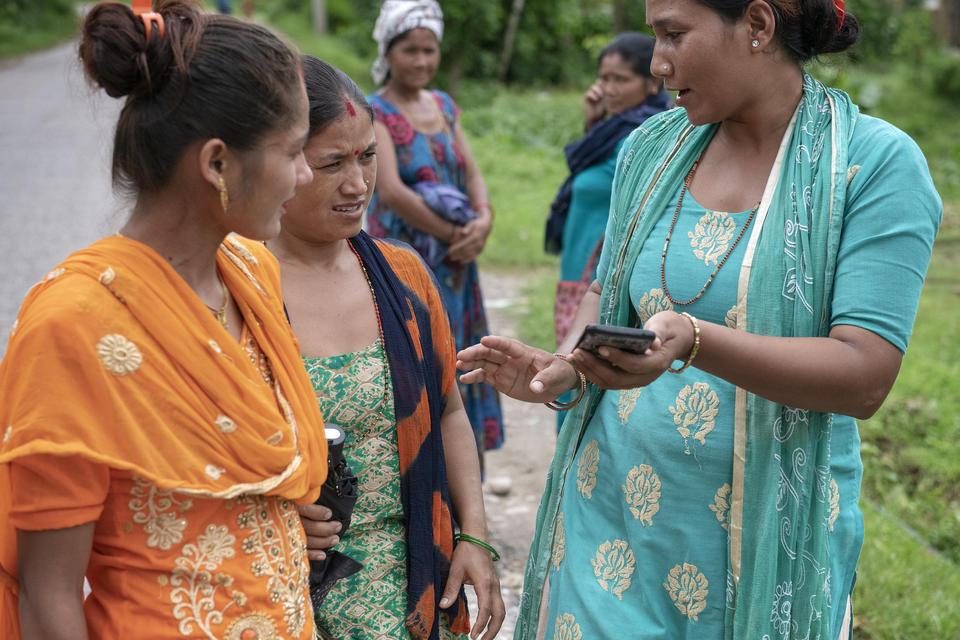Agroecological TRANSITIONS: Inclusive digital tools to scale smallholder agroecology
- From
-
Published on
22.03.23
- Impact Area

The EU-IFAD Agroecological Transitions for Building Resilient, Inclusive, Agricultural and Food Systems (TRANSITIONS) program aims to enable this transition through the development and adoption of holistic metrics for food and agricultural system performance (METRICS), inclusive digital tools (ATDT), and transparent private sector engagement (PSii).
The TRANSITIONS ATDT project promotes inclusive digital resources and citizen science to empower farmers to co-create, adapt, and innovate practices. After a year of interviews, baselines, and reviews, he project presents a glimpse of the global and local digital ecosystems for agroecological transitions in the beef cattle supply chain in Brazil and the rice value chain in Vietnam and how they relate to social inclusion and climate change.
The ATDT team produced a guide, reports, and several briefs synthesizing their examination of the digital ecosystem globally and locally in Brazil and Vietnam. Below is an overview of these products and key findings.
Related news
-

Reinventing Kenya’s Snack Future with Dryland Grains
International Crops Research Institute for the Semi-Arid Tropics (ICRISAT)21.11.25-
Nutrition
-
Poverty reduction, livelihoods & jobs
Faces of Impact - Video Feature Story On a quiet backstreet in Mihango, Kenya, the…
Read more -
-

Cultivating climate-smart rice: How specific cultivars and smarter fertilizing can cut emissions and maintain yield
International Rice Research Institute (IRRI)19.11.25-
Climate adaptation & mitigation
-
Food security
By Bushra Humaira Sadaf A team of researchers from the Bangladesh Rice Research Institute (BRRI), I…
Read more -
-

COP30 can enable Greening Plant Nutrition in East and Southern Africa
International Rice Research Institute (IRRI)17.11.25-
Nutrition
Image creditAfrica rice farming by majimazuri21, Pixabay Licence By Jamie Males (republished from …
Read more -
